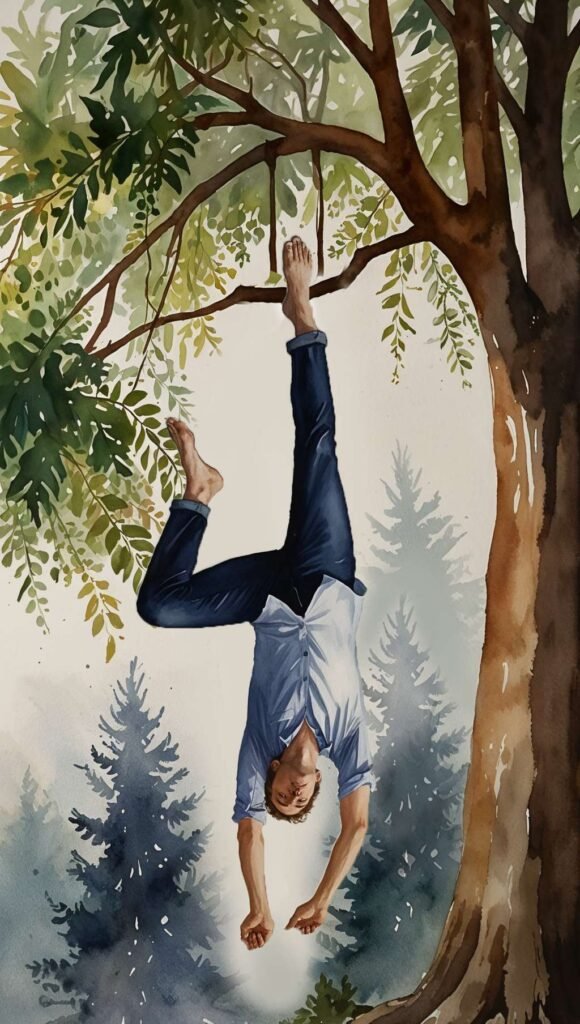In traditional tarot, The Hanged Man represents a state of suspension, surrender, and introspection. However, when we explore its reversed meaning, we encounter themes of resistance, impulsiveness, and a refusal to see things from a different perspective. This card flipped upside down often indicates a struggle against the very changes that could lead to growth and enlightenment.
When The Hanged Man appears in reverse, it can signify a feeling of being stuck or trapped, but unlike its upright counterpart, this feeling is self-imposed. The individual may be clinging to outdated beliefs or habits, preventing them from moving forward. This stagnation arises not from a place of reflection, but rather from a refusal to let go of control and embrace uncertainty.
Moreover, the reversed position may suggest a tendency to act rashly without fully considering the consequences. Instead of pausing to reflect, one may dive headfirst into decisions that are ill-thought-out, leading to chaos and regret. This impulsivity can stem from a deep-seated fear of vulnerability or a misguided desire for immediate gratification, further trapping the individual in a cycle of dissatisfaction.
Additionally, The Hanged Man reversed can highlight a disconnect from one’s own intuition. Where the upright card encourages looking inward and finding clarity, the reversed version suggests ignoring inner guidance in favor of external opinions or societal pressures. This external reliance can lead to confusion, as the individual loses touch with their true self and purpose.
Ultimately, the reversed Hanged Man serves as a powerful reminder of the importance of surrendering to the process of life. It urges individuals to confront their resistances and recognize that true freedom comes from letting go rather than holding on. By embracing change, reflecting deeply, and trusting one’s inner wisdom, one can transform stagnation into a path of growth and renewal.


